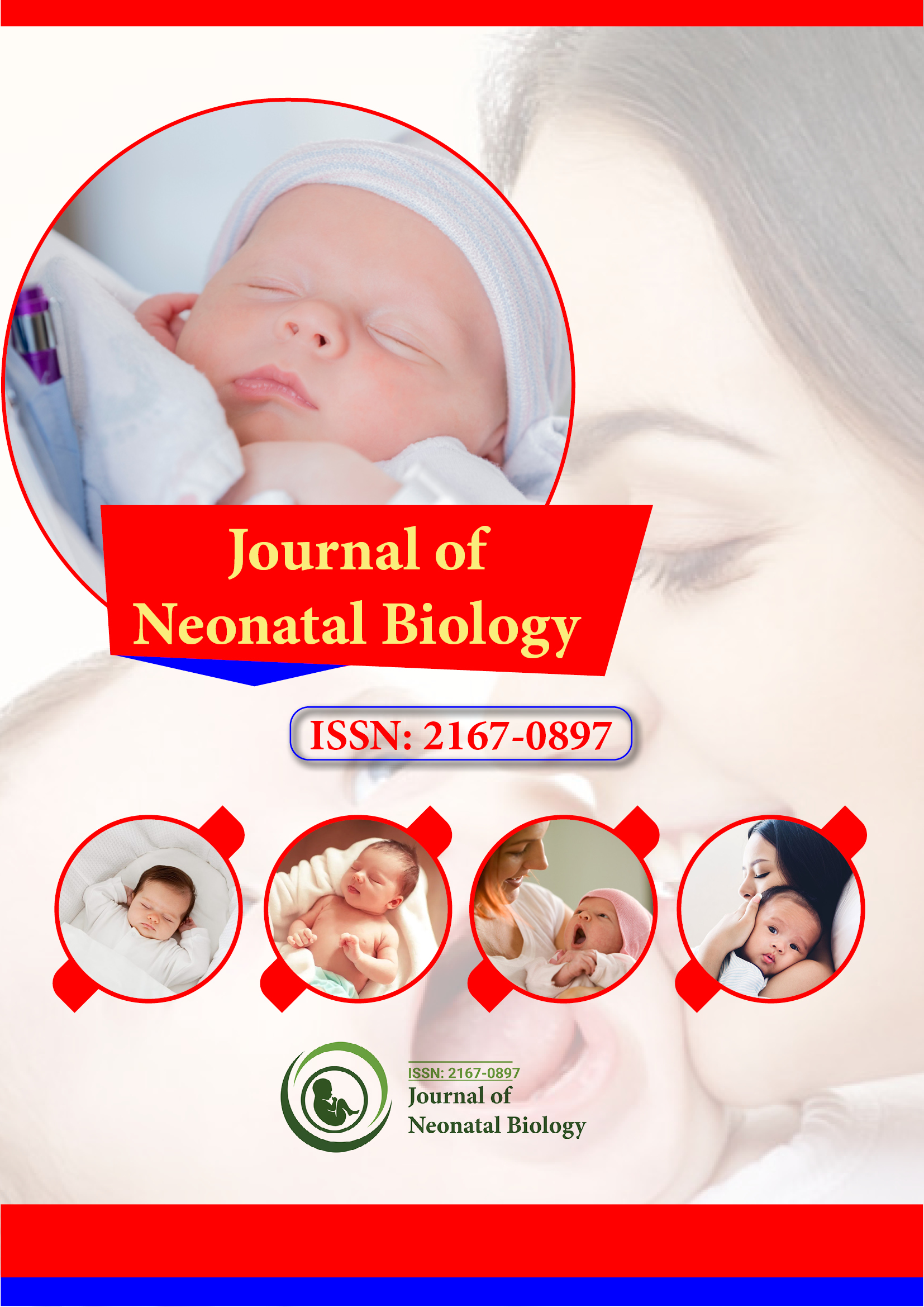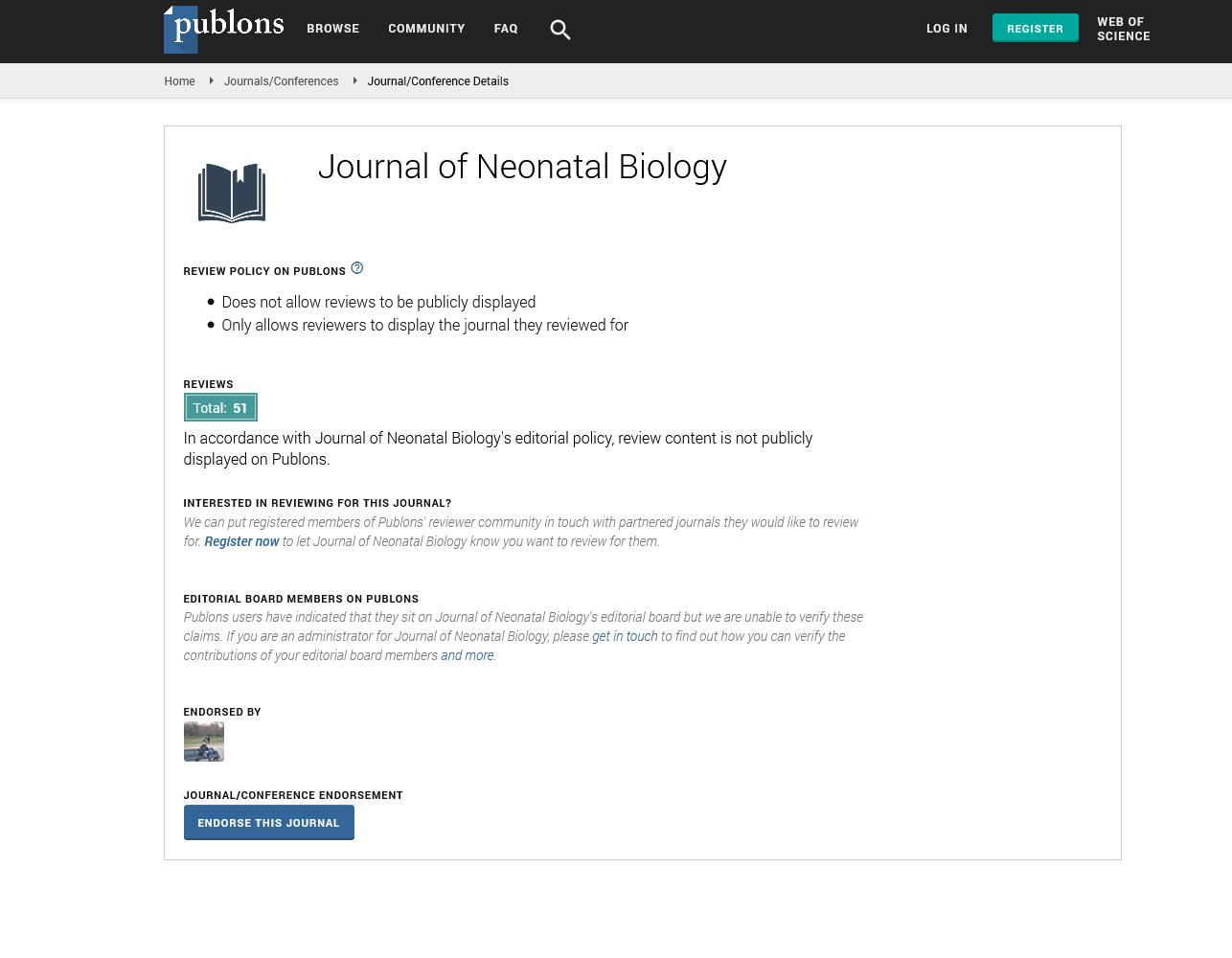Indexed In
- Genamics JournalSeek
- RefSeek
- Hamdard University
- EBSCO A-Z
- OCLC- WorldCat
- Publons
- Geneva Foundation for Medical Education and Research
- Euro Pub
- Google Scholar
Useful Links
Share This Page
Journal Flyer

Open Access Journals
- Agri and Aquaculture
- Biochemistry
- Bioinformatics & Systems Biology
- Business & Management
- Chemistry
- Clinical Sciences
- Engineering
- Food & Nutrition
- General Science
- Genetics & Molecular Biology
- Immunology & Microbiology
- Medical Sciences
- Neuroscience & Psychology
- Nursing & Health Care
- Pharmaceutical Sciences
Abstract
Perinatal Mortality: A Dissection of Social Myths, Socioeconomic Taboos and Psychosocial Stress
Aleeza Tariq
Background: Several independent and inter-dependent factors contribute in high rates of perinatal mortality. The Aim of this study was to identify community based myths and obscure beliefs that affect maternal health, and to find socio-economic and psychological co-relates impacting on PNM.
Methods: This small scale, community based study was carried out in June, 2012 at squatter settlements of Karachi. A pretested structured questionnaire was administered to married women of child bearing age (15-49 years) with history of perinatal mortality.
Results: Out of 55 successfully surveyed women, 63.6% did not take antenatal care; 40.9% due to ‘infertility’ myth; 22.7% had no access. Generally women were of poor health; 52.7% weighed 40-50 kg, 43.6% were severely anaemic. The literacy rate among surveyed women was very low; 63.6% were illiterate. During pregnancy, 34.5% did household work for 6-8 hours in a typical day; and 38.2% were pressurized for sons. The rate of betel nut, tobacco and drug addiction was high among them 67.3%, 50.9%, 25.5%, respectively. The majority (40%) of husband’s worked as fisherman and 76.4% had their husband’s income <5,000 per month. 74.5% lived in joint families. 47.3% of their babies were of low birth weight (<2.5 kg) and 38.2% died in first 12 hours; asphyxia caused 30.9% of these deaths while 29.1% were due to pre-eclampsia. However, 14.5% mothers believed it was due to God’s will. 54.5% new-borns were male and 45.5% female.
Conclusion: In order to reduce perinatal mortality, it’s important not only to make antenatal care accessible but also acceptable and available. Due efforts are required in educating women about the health benefits of antenatal care, and increasing women’s overall awareness to help them uplift their physical and mental health, and social, and economic wellbeing in community.

